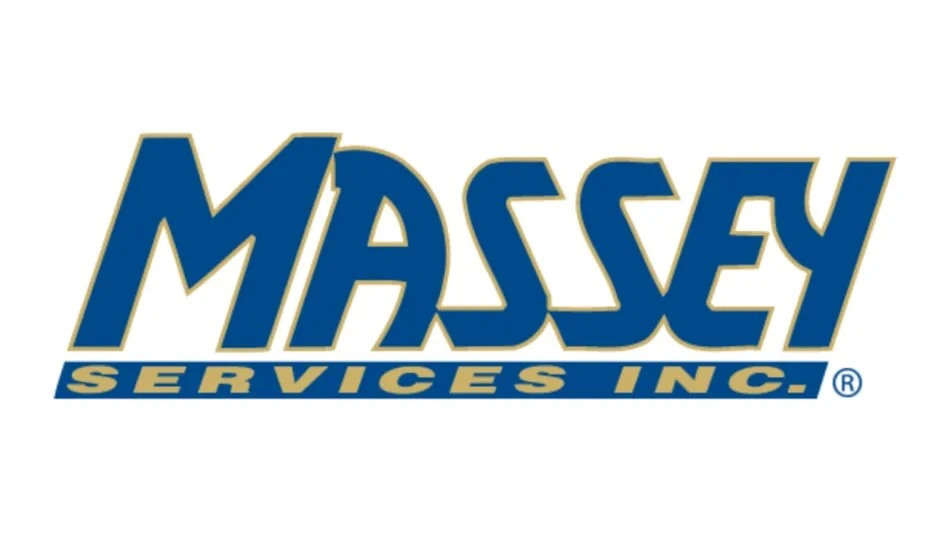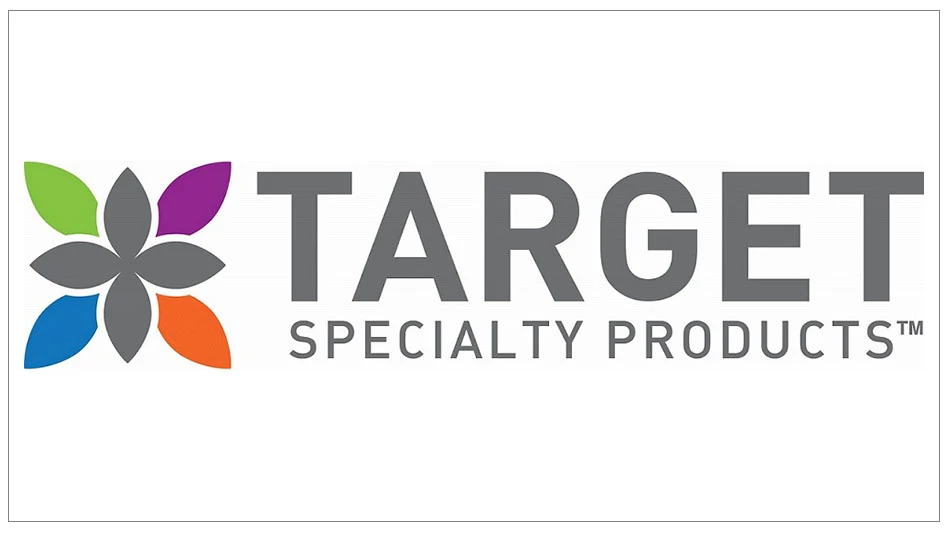Employees’ New Motto: Trust No One,” and “More Laid-Off Workers Dive Into New, Safer Careers” are just two examples of recent headlines capturing the moods of U.S. workers. For those of you who thought “trust” was an issue reserved only for lovebirds, guess again. Trust is, and has been, a viable workplace concern. While the concept of organizational trust is not new, it has been getting its fair share of attention lately.
Why is there so much emphasis on trust in the workplace? One of the reasons, I believe, has less to do with Enron and more to do with the generational makeup of the workforce. After all, in many businesses today, you can find up to four generations under one roof — talk about chaos! Who are these people and what do they have to do with trust? Take a look...
WHO ARE THESE PEOPLE? The oldest group, the veterans, was born between 1922 and 1945 and is 52 million strong in number. As employees, these individuals believe in consistency, uniformity, structure and “law and order.” They invented (and are most comfortable with) the traditional hierarchy of roles in the workplace. This group learned, early on, the importance of loyalty, patriotism and the value of the dollar.
Many veterans have already retired and for the past 30 years, our workforce has been dominated by the baby boomers. With about 73 million boomers, this group understands the meaning of the word “competition.” Born between 1946 and 1964, this generation invented the 60-hour workweek. They have a strong work ethic, like challenges and value personal relationships. Boomers helped shaped the American workplace as we know it today. They were raised in an era of extreme optimism, progress and opportunity. They were a part of the growth and development of major corporations and many of them worked in the same job, at the same place, in the same company, through retirement. Talk about trust!
Then, just when things were starting to get comfortable, our nation began to change. Divorce rates tripled as baby Gen-Xers began to grow up. All of a sudden, these kids found themselves home alone at the end of the school day. They visited dad on the weekends and he was always over promising and under delivering on plans. They grew up quickly and were exposed to AIDS, violence and crack cocaine before they could learn the meaning of the word “independent.” To these youngsters, MADD wasn’t a magazine; it was the group their mother joined when a drunk driver killed their brother. Throughout their influential early adult years, the Xers saw every major institution called into question — religion, marriage, business, the presidency and even the military. No wonder they’re resourceful and skeptical.
Starting to make sense, isn’t it? The trust meltdown didn’t begin with layoffs, big salaries for CEOs, Enron or even Sept. 11. It began when the Xers entered the workforce. In keeping with their upbringing, these young workers question every practice, policy, work rule, performance review and procedure. Why? Because they don’t trust them and — guess what else? They may not trust you. (Not because you don’t deserve to be trusted...they’re just acting on instinct.)
Many CEOs and leaders have been blindsided by these realities. And, instead of trying to understand this generation and address the problem, they tend to blame them. (By the way — I’m not saying Xers are perfect. Just like some boomers I know, there are a number of Xers who are slackers and whiners.) But, for the most part, this generation can be motivated and will work hard. The key is to create the right environment and it starts with building trust.
FIVE TRUST BUSTERS. So, let’s take a look at five “trust busters,” followed by five “trust builders.” While these examples generally apply across the board to all employees, you’ll find they are most important to and effective with Generation-Xers.
1. Deny that trust is an issue and disregard it altogether. One of the most common reasons for low trust in the workplace is that there was no effort to build it in the first place. Fact: If you stop working on a relationship, issues don’t get resolved or even addressed.
2. Make commitments and don’t keep them. Like the weekend dad who keeps promising the trip to Disney World or time to throw the baseball (remember the song “Cat’s In The Cradle?”), when employees experience a series of broken promises, trust erodes. This applies to small commitments (“I’ll call you in the morning” or “I’ll get back with you on that question”) and big ones (“We’ll talk about your performance and raise next week.”)
3. Beat around the bush in your communication. Generation-Xers hate “BS.” Give it to them straight. Forget legalese, fancy speeches and corporate secrets — they can handle the truth. They’re known as the “bullet point generation” because they want information and facts, but they want it in a condensed, real-time and direct fashion.
4. Ignore conflicts. One of the key traits of a successful manager in the new millennium is “facilitation.” Leaders must be able to manage and resolve conflicts with employees, customers and other constituents. Sometimes this involves a healthy debate and a fair amount of “push back” on the part of employees. As a leader, you’ve got to be able to constructively address and resolve conflicts through effective negotiation and communication.
5. Wear your emotions on your sleeve. Unpredictable and erratic behavior, mood swings, inconsistent discipline and an inability to control oneself are all effective trustbusters. When employees don’t know from one day to the next what to expect from the boss (notice I didn’t use the word “leader”) they either: a) stop caring about the boss and the work, b) start avoiding the boss, which leads to unresolved issues, a lack of creative thinking and frustration and/or c) become mercenaries and start looking for a new job.
FIVE TRUST BUILDERS. How can you effectively build trust in a workplace filled with multiple generations and fewer Boomers? Consider these “trust builders:”
1. Practice the exact opposite of the five points outlined previously.
2. Get some training. If you don’t know how to communicate with, develop or motivate the younger generation of workers, get some help. None of us was born a good leader. Times have changed and you might need to brush up on your leadership skills. Buy a book or attend a conference to get some good advice. Also, if you’re “the boss,” don’t tolerate poor leadership or a lack of integrity on behalf of managers.
3. Take a hard look at your company policies and benefits. What do they really communicate? Many employee handbooks are riddled with threats, legalese and a dictator-style tone. Revamp your policies. Change your style of communication. Be upfront about your benefits, 401(k) investments, financials and any risks employees assume.
4. Arrange for an employee opinion survey. By means of a completely confidential survey, ask some tough questions related to trust, integrity, culture and ethics. Then, accept the answers and address and resolve problems. Show an interest in employee concerns and perceptions. Stop making excuses and start fixing problems.
5. Be honest. People are sick and tired of workplace spin. Give it to them straight. Don’t pass the buck by telling your employees they have to do something because “the district manager said so” or “they dreamed it up at corporate.” If you make a mistake, admit it and apologize. Employees can handle bad news; it’s the uncertainty or misrepresentation of the facts that erodes trust. Walk your talk and back up your words with actions.
CONCLUSION. In no way is this list complete. There are hundreds of practices that earn and build trust, but no one miracle formula. Building and maintaining trust is an ongoing challenge and responsibility of leaders — but one that can make a significant difference. From numerous employee opinion surveys that we have conducted nationwide, the results of organizational trust are compelling: positive workplace attitudes, a sense of pride, a stronger spirit of cooperation and better alignment between organizational and personal values. Thanks to the Xers, we’re on way to figuring out this trust thing. Cool.
The author is president of Seawright & Associates Inc., Winter Park, Fla. She provides human resource management advice and can be reached at 407/645-2433 or jseawright@pctonline.com.
Get curated news on YOUR industry.
Enter your email to receive our newsletters.

Explore the June 2002 Issue
Check out more from this issue and find your next story to read.
Latest from Pest Control Technology
- CAPMA Hosts 2025 Legislative Day in Sacramento
- Grizz Pest Management Bartends for a Cause
- Rose Pest Solutions Becomes Official Pest Provider of Chicago Fire FC
- WSPMA Hosts Legislative Day at Washington State Capitol
- A-1 Pest Control Marks 59 years in Business
- Hawaii PCO Shares Regulatory Challenges, Business Impacts from Lahaina Wildfires
- 5 Tips for Reducing Waste in the Office and in the Field
- OvoControl Now Available in Chile






